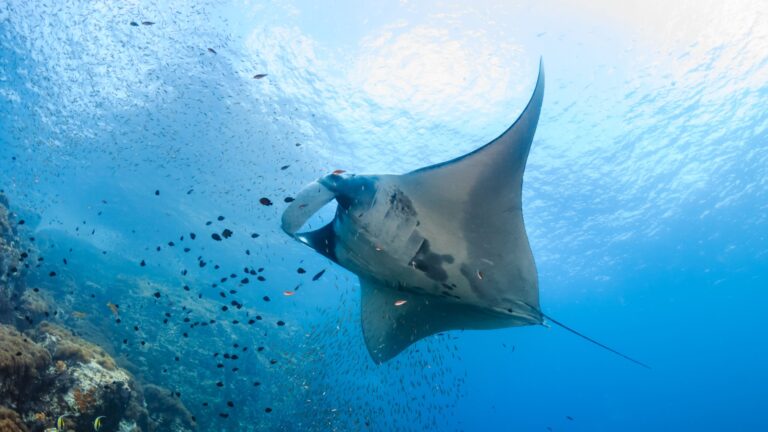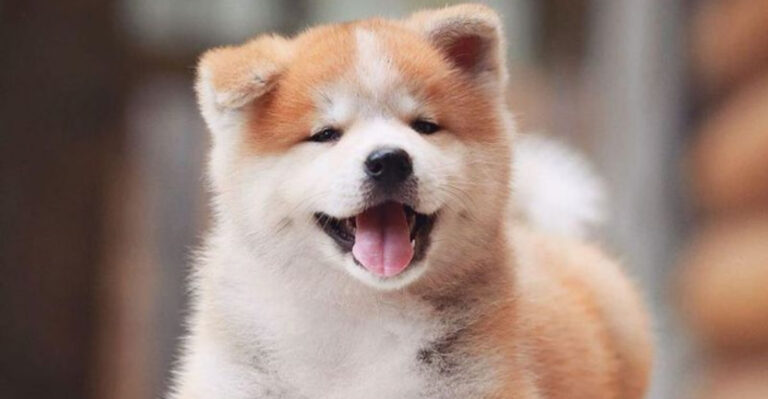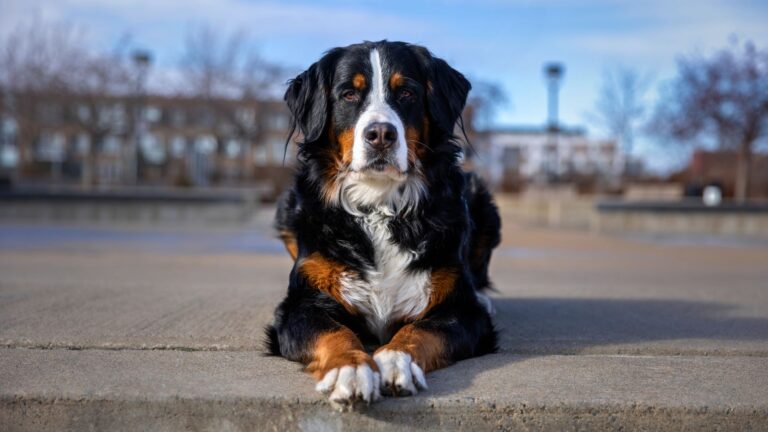Celebrate World Penguin Day With 15 Cool Ways Penguins Thrive In The Harshest Climates
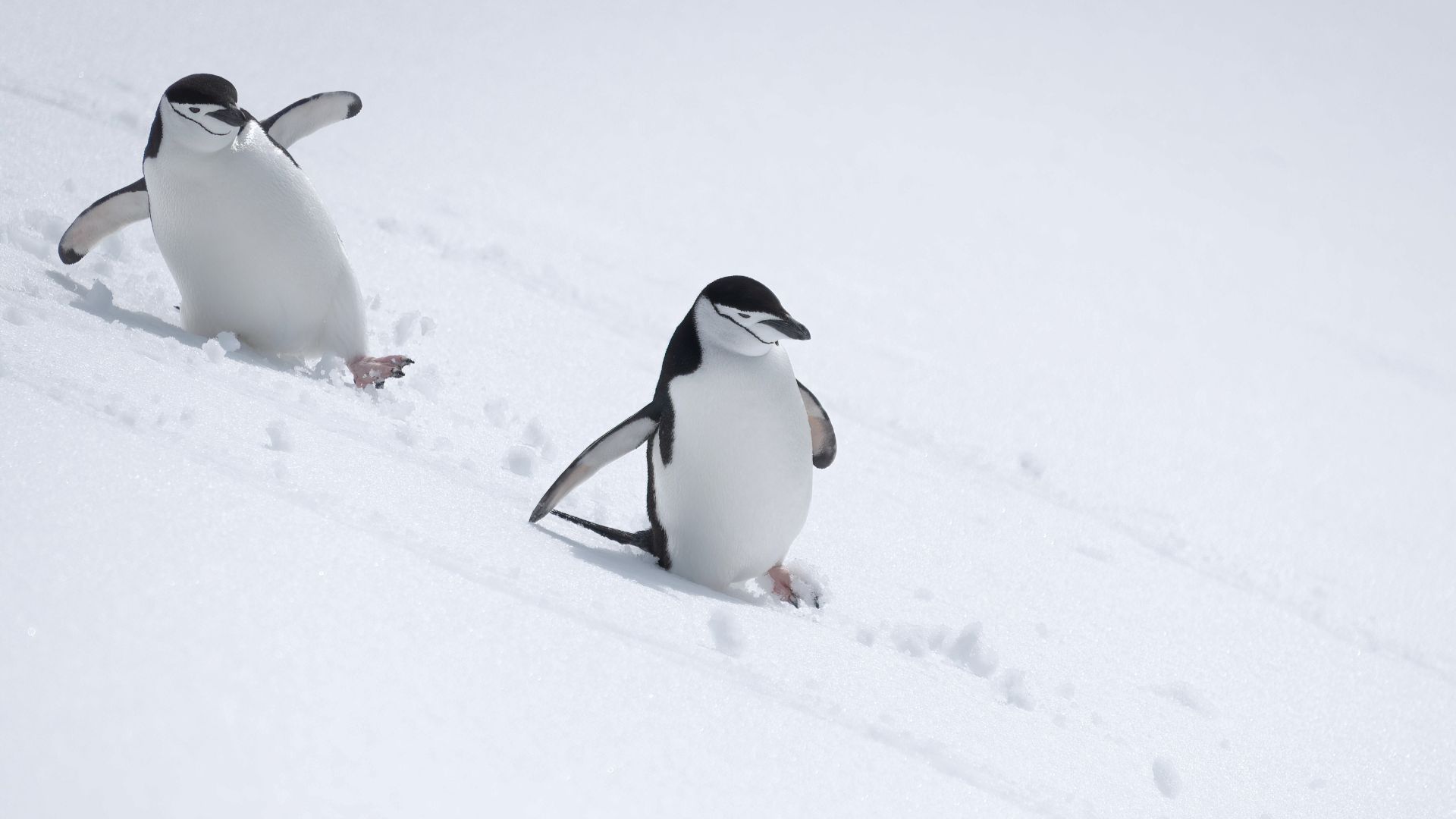
When it comes to thriving in icy extremes, penguins are the true champions of adaptation. Their quirky habits and lesser-known survival strategies make them captivating subjects.
From their social behaviors to physical adaptations, penguins deploy a unique set of tools to brave the world’s harshest climates.
1. Thick Waterproof Feathers
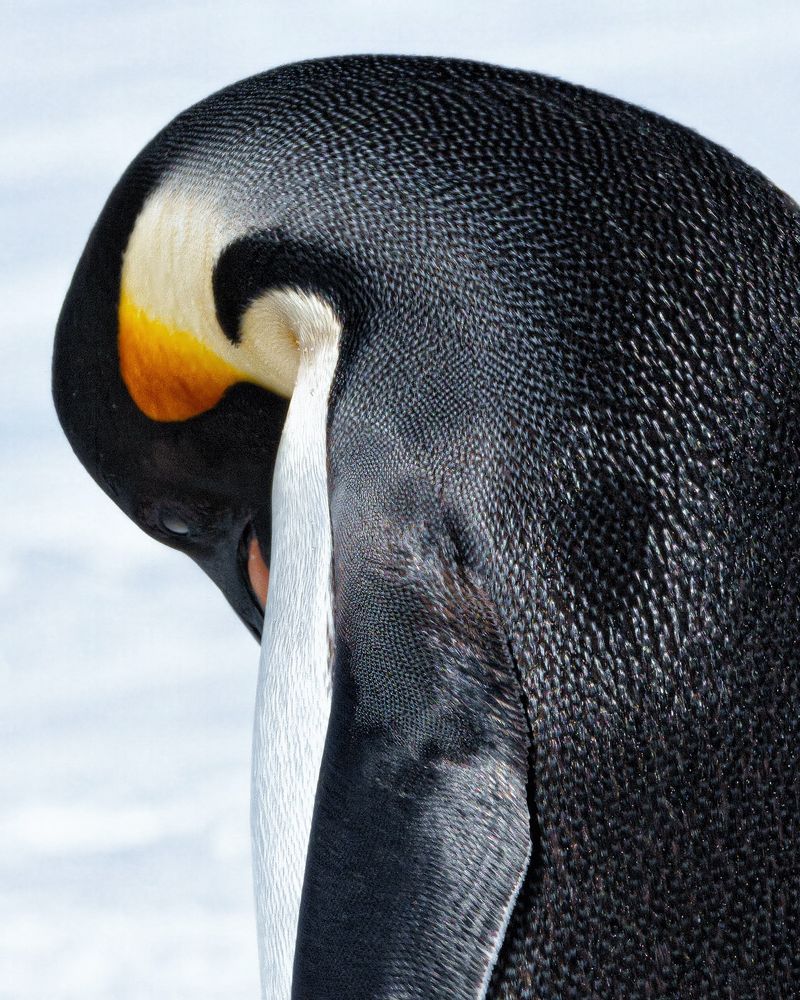
Penguins sport a fabulous coat of dense, waterproof feathers. This natural wetsuit keeps them insulated against freezing temperatures.
Their feathers are so tightly packed that they create a windproof barrier, locking in warmth while keeping the icy waters at bay.
Each feather is coated with oil, providing an extra layer of protection. It’s like wearing a custom-made parka, tailored for the Antarctic chill.
2. Layer Of Blubber
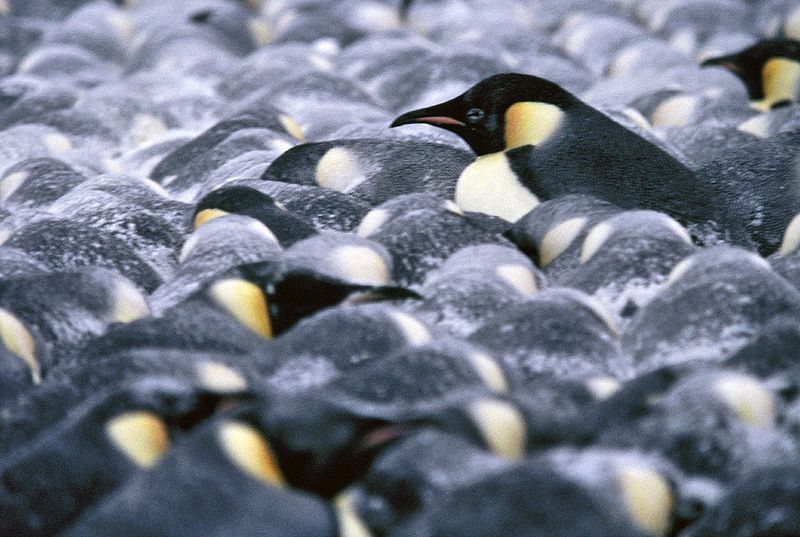
Beneath those sleek feathers, penguins hide a snug layer of blubber. This fatty insulation not only keeps them warm but also serves as an energy reserve during lean times. Imagine it as nature’s thermal blanket and emergency snack bar rolled into one.
It’s a clever survival hack that enables these birds to withstand the brutal cold while conserving energy. Who knew blubber could be so versatile?
3. Huddling Together For Warmth
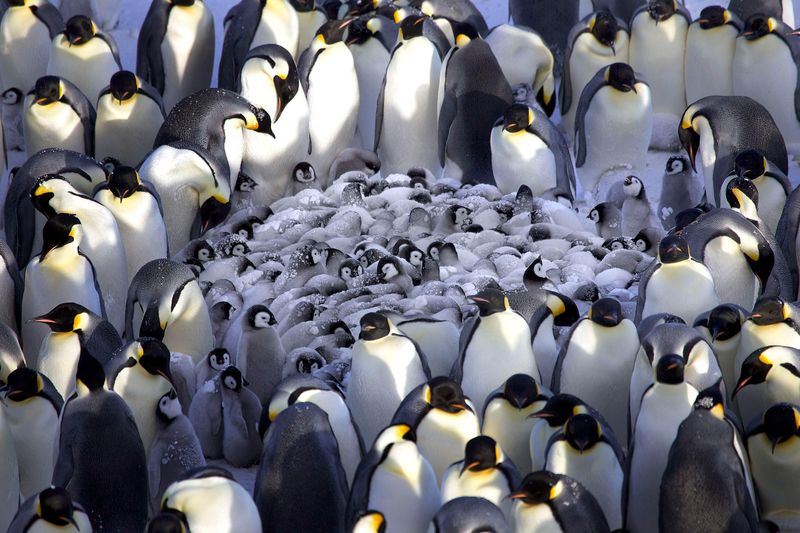
Penguins are the ultimate team players, especially when winter strikes. During harsh Antarctic winters, they huddle in large groups, sharing body heat to survive. This communal behavior forms a living fortress against the cold.
Penguins take turns standing on the outer edges, ensuring everyone benefits from the group’s warmth. It’s a heartwarming example of social structure and unity prevailing against adversity.
4. Countercurrent Heat Exchange

A penguin’s legs are equipped with a fascinating heat exchange system. Blood vessels are strategically aligned for warmth conservation. Warm blood from the body heats the cold blood returning from the feet, minimizing heat loss.
Picture a highly efficient radiator, engineered to retain every bit of warmth. This clever adaptation allows penguins to swim in icy waters without freezing their toes off!
5. Efficient Thermoregulation
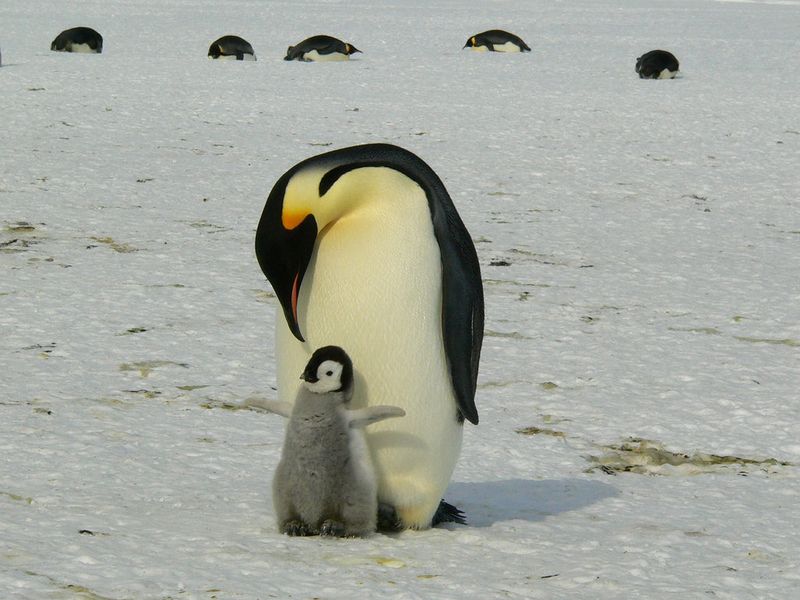
Penguins are thermoregulation wizards. They manage to maintain a stable internal temperature, regardless of external fluctuations. Special adaptations allow them to release excess heat or conserve warmth as needed.
Think of them as having an internal thermostat, fine-tuned for perfection. Whether basking in the sun or bracing the cold, penguins remain cool, calm, and collected. Their bodies are truly climate-controlled wonders.
6. Insulated Feet And Beaks
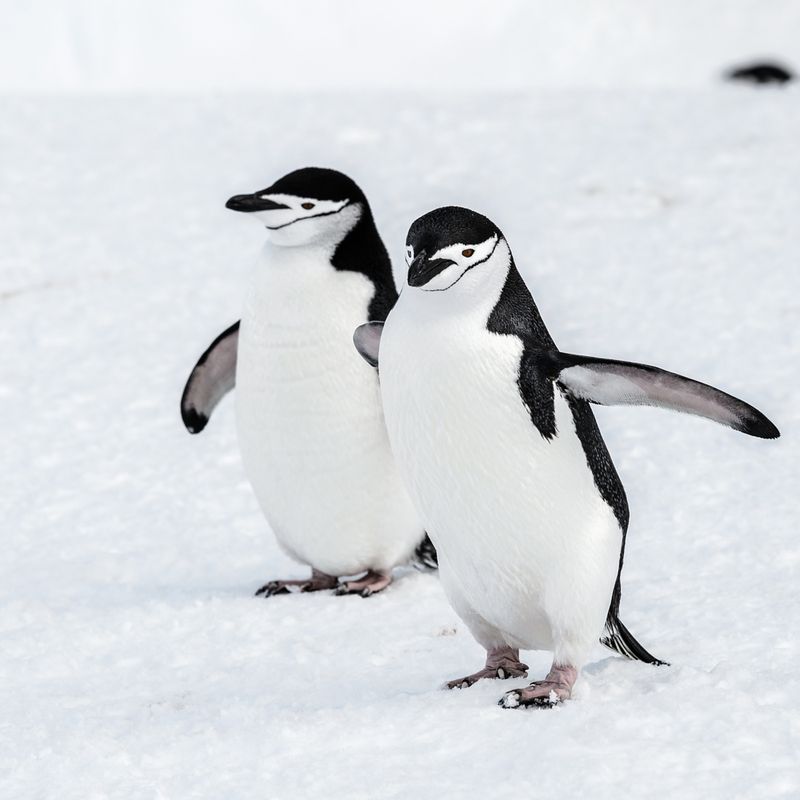
Penguins have nifty adaptations in their feet and beaks to tackle the cold. Both are well-insulated, minimizing heat loss while in contact with ice. Their feet are composed of scales that provide grip and warmth.
Meanwhile, their beaks are specialized for efficient heat retention. It’s like wearing insulated boots and a snug scarf, ensuring they stay cozy, even when standing on icy surfaces.
7. Low Metabolism In Winter
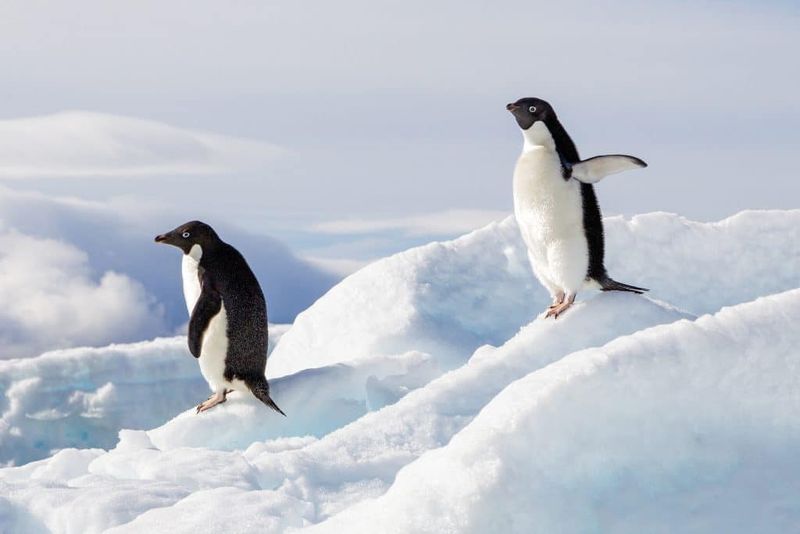
When winter arrives and food becomes scarce, penguins slow down their metabolism. This clever trait conserves energy during tough times. It’s like switching to a low-power mode to extend battery life.
Penguins still remain active, but at a reduced pace, allowing them to stretch their energy reserves. This slow-motion strategy ensures they can endure the long, harsh months without going hungry.
8. Unique Breeding Strategies
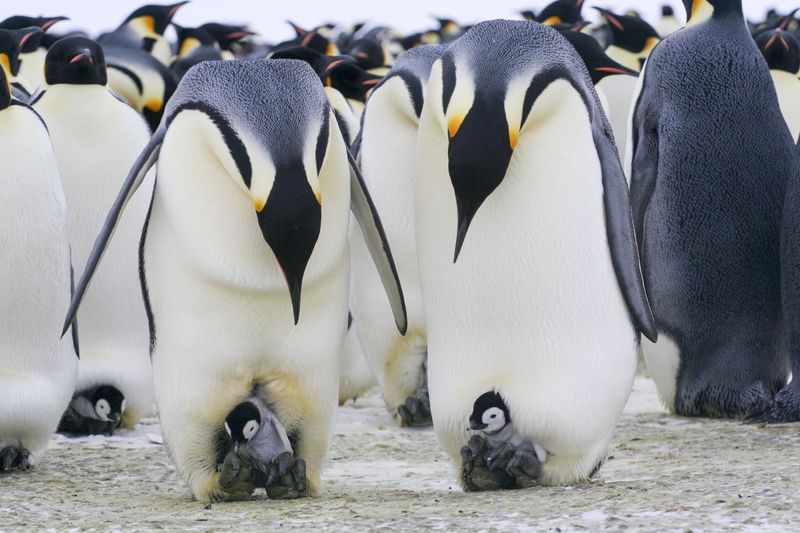
Emperor penguins take breeding to the extreme. These committed parents endure the coldest months to raise their young.
Fathers incubate the eggs on their feet, keeping them warm with a special brood pouch. Meanwhile, mothers venture out to sea for food. This teamwork ensures survival in the most challenging conditions.
9. Energy-Conserving Swimming Techniques
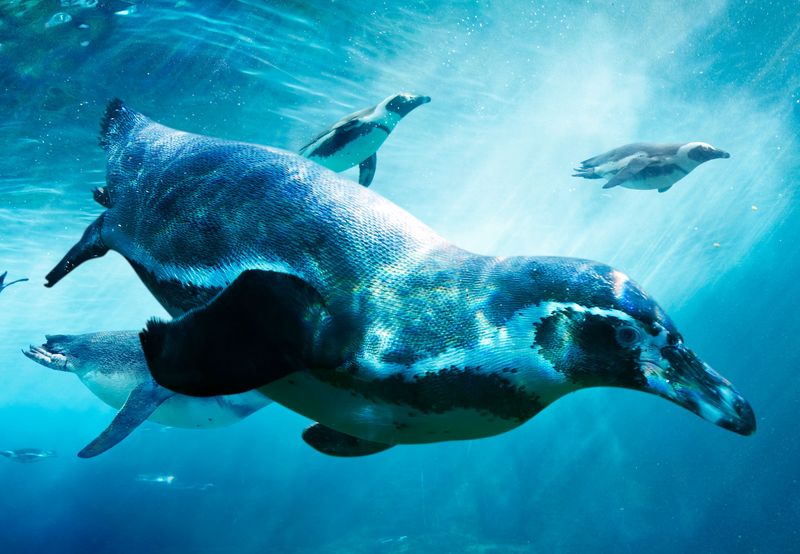
Penguins are underwater acrobats. Their streamlined bodies and efficient swimming techniques allow them to glide effortlessly through icy waters. They use minimal energy while covering long distances in search of food.
Think of them as the Olympic swimmers of the bird world, expertly conserving energy with each stroke. It’s a graceful dance that ensures they thrive, even in nutrient-rich, cold environments.
10. Specialized Diets
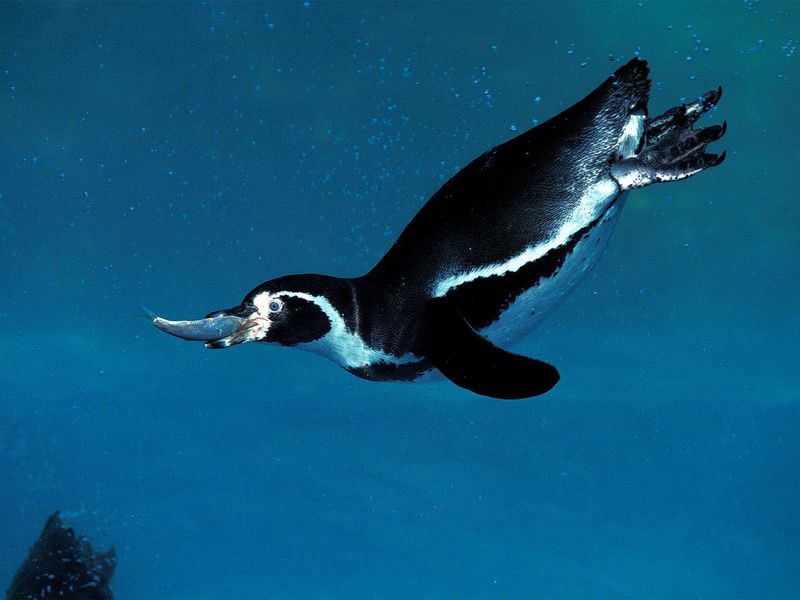
Penguins are seafood connoisseurs. Their diet is finely tuned to the cold waters they call home. Fish, krill, and squid make up their menu, providing essential nutrients and energy.
This specialized diet allows them to thrive where other creatures might struggle. Imagine a gourmet dining experience, perfectly suited to their environment. Penguins have mastered the art of eating well in the wild, icy buffet.
11. Antarctic Adaptation
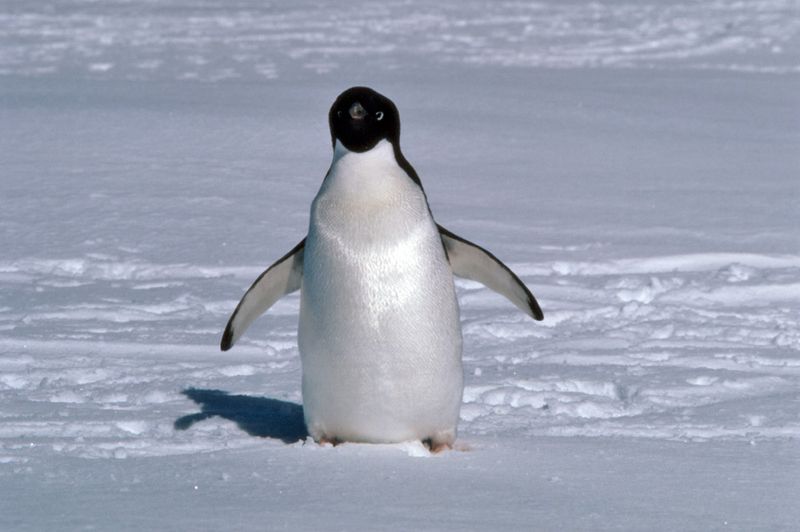
Antarctic penguins exhibit remarkable adaptations for surviving in the extreme cold. Their bodies are designed for efficiency, conserving heat, and thriving on limited resources.
From their sleek, insulated feathers to their energy-conserving behaviors, every trait is fine-tuned for survival. It’s like they were tailor-made for one of the planet’s harshest environments.
12. Maintaining Body Heat During Molt
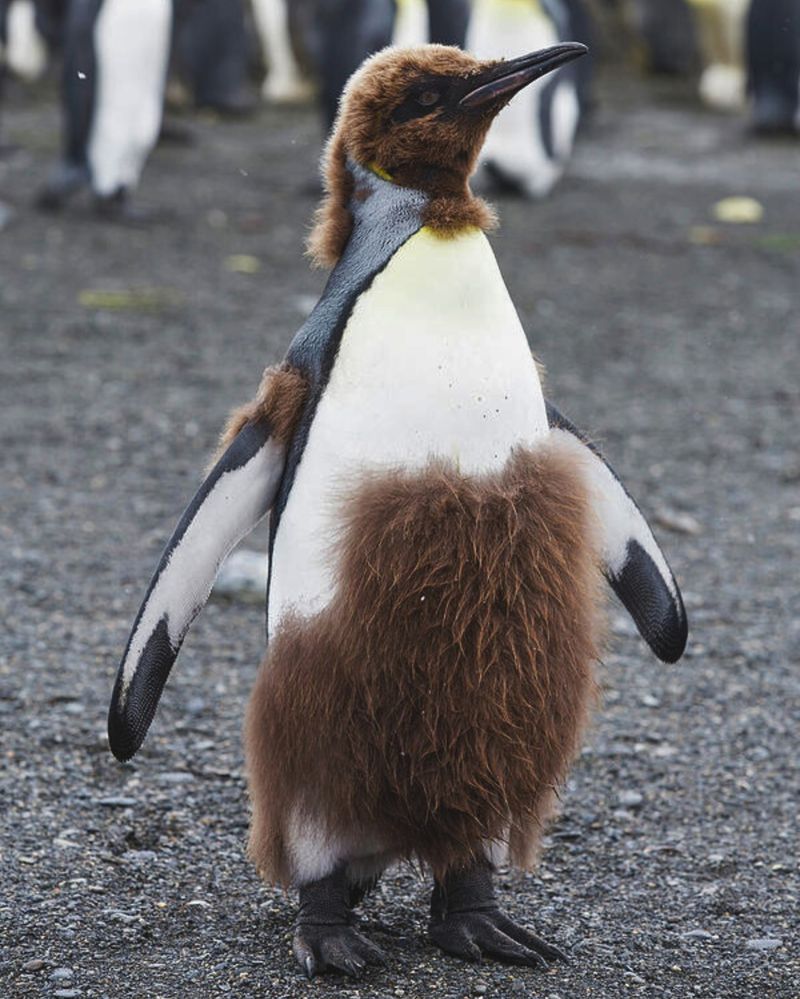
Molting is a vulnerable time for penguins as they grow new feathers. During this period, they can’t swim for food, so they rely on fat reserves to sustain themselves. It’s like putting on a cozy new coat, but waiting for it to fully form.
Penguins stay on land to avoid the cold waters, allowing their fluffy down to develop and ensure warmth. This patience pays off in renewed insulation.
13. Unique Migration Patterns
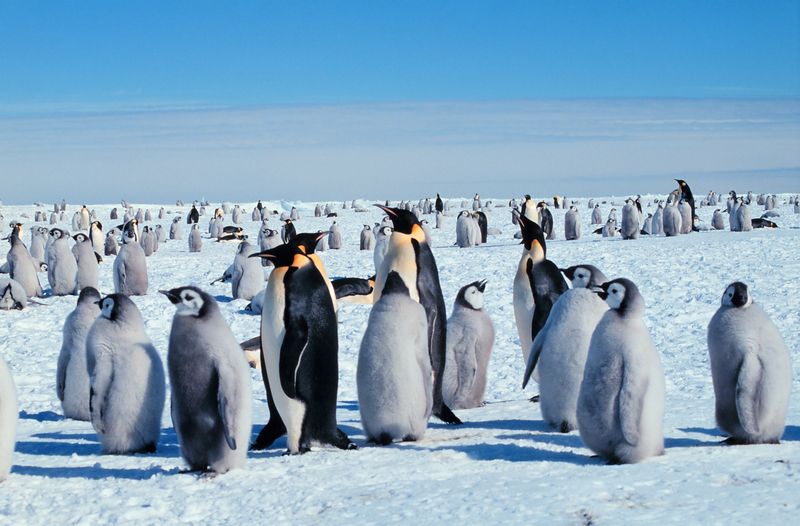
Penguins embark on epic migrations in search of food and breeding grounds. These journeys are timed perfectly with seasonal changes, ensuring access to resources. It’s a grand annual adventure, where timing and location are everything.
Their migratory patterns are a marvel of instinct and survival, helping them endure the challenges of remote environments. Penguins prove that sometimes, you have to travel to thrive.
14. Efficient Fat Storage
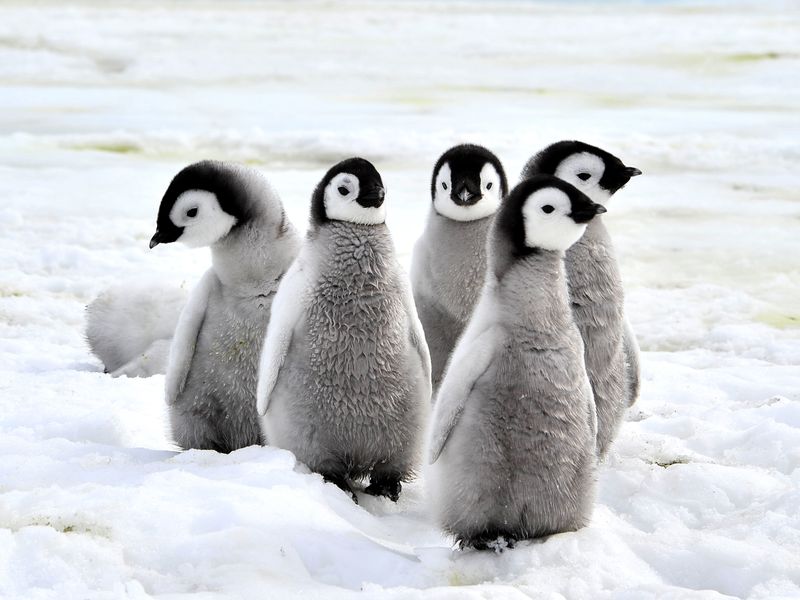
Before winter hits, penguins pack on the pounds, building up fat reserves. This strategic plumping provides energy during food shortages. Think of it as nature’s pantry, stocked and ready for leaner times.
Penguins rely on this stored fat to sustain them through the cold months, when hunting is tough. It’s a smart survival tactic, allowing them to weather the storm with a full belly and warm body.
15. Strong Social Structure
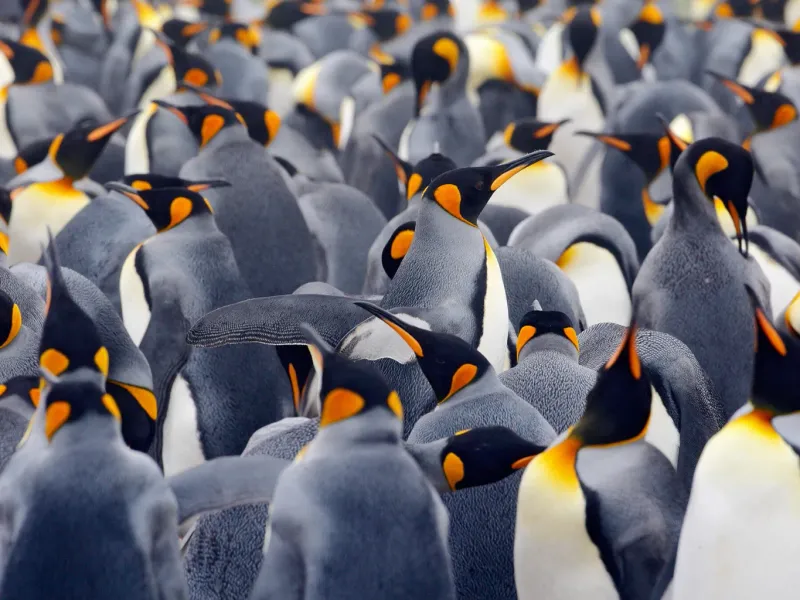
Penguins have a robust social structure that emphasizes teamwork and support. This camaraderie helps them endure the harshest conditions. Whether it’s huddling for warmth or sharing parenting duties, their cooperative nature is key to survival.
It’s like having a close-knit community, where everyone looks out for each other. Penguins show that togetherness is their strength, turning icy challenges into shared triumphs.

